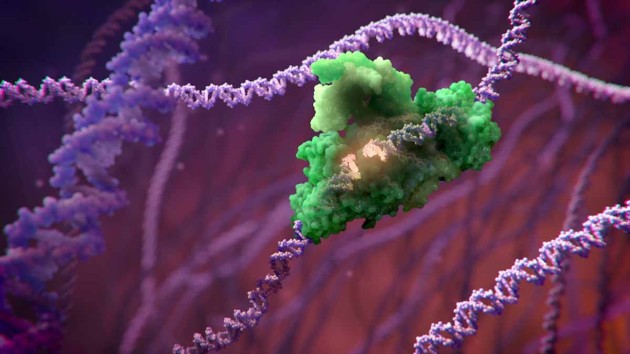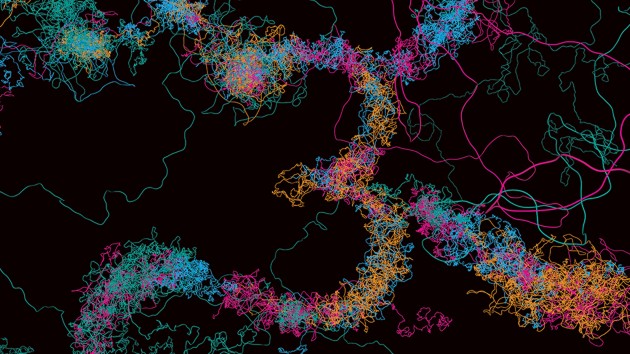Special |
Collections
Filters
-
Collection Type
-
-
Special |
 FinnGen
FinnGen
It is the age of large biobanks in human genetics.
Image: Federico Simeoni, Małgorzata Nowicka, Nicola Cerioli, Rupesh Vyas -
Special |
 SCGE
SCGE
Genome Engineering has great potential to change how we model, understand, and treat diseases.
Image: XVIVO -
Special |
 Vertebrate Genomes Project
Vertebrate Genomes Project
Reference genome assemblies provide a map of a species’ DNA sequence and its spatial context—that is, where along the chromosomes a specific piece of DNA sequence can be found.
Image: Visuals Unlimited/Nature Picture Library -
Special |
 The ocean in humanity’s future
The ocean in humanity’s future
The oceans have trapped one-third of the carbon dioxide emitted by human activities since the 1980s. They are home to 50-80% of life on Earth, feed over three billion people and support the livelihoods of hundreds of millions of people.
Image: Chaideer Mahyuddin/AFP/Getty -
Special |
 ENCODE 3
ENCODE 3
How cells, tissues and organisms interpret the information encoded in the genome has vital implications for our understanding of development, health and disease. Launched in 2003, the ENCyclopedia of DNA Elements (ENCODE) project aims to map the functional elements in the human genome (later expanded to include model organisms).
Image: StoryTK -
Special |
 gnomAD
gnomAD
The human genome comprises both our protein-coding genes and the regulatory information that controls when, and to what extent, those genes are expressed.
Image: SciStories -
Special |
 Pan-Cancer Analysis of Whole Genomes
Pan-Cancer Analysis of Whole Genomes
Cancer is a disease of the genome, caused by a cell's acquisition of somatic mutations in key cancer genes.
Image: Nik Spencer/Nature

 All of Us
All of Us